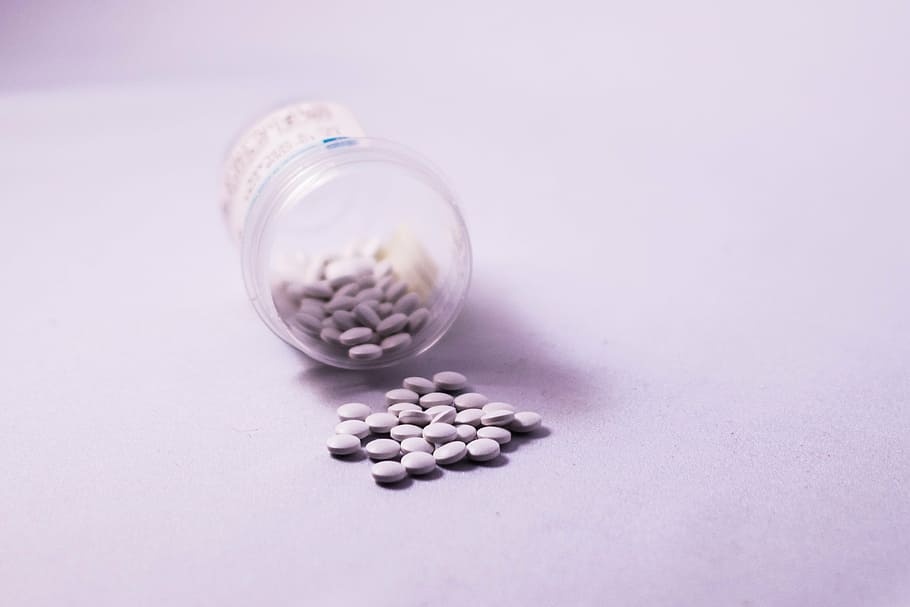Common Toxicities for Cats and Dogs
It is not surprising that dogs and even some cats will eat just about anything they can get their paws on. Though we may be pleasantly surprised that some of our pets function better than the new robo-vacuum cleaners, things can get pretty nasty when the seemingly harmless item they put in their mouths is in fact highly toxic to them. Here are some common foods and household items you should keep out of your beloved furry friend’s reach:
1. Chocolate
Though these wonderful snacks have been rumoured to be an excellent remedy for human anxiety and stress, however, it can be highly toxic to dogs. This is because chocolate contains a substance known as Methylxanthine which can affect your pet’s neurological receptors resulting in signs such as tremors, seizure, vomiting and even death when consumed in large quantities. It is also important to note that the darker the chocolate, the more dangerous it can be!

2. Grapes and Raisins
It is not uncommon for owners to be giving raisins or grapes to their dogs as juicy treats. These fruits however, can cause significant damage to a dog’s kidneys resulting in kidney failure. This is due to a substance in grapes known as tartaric acid and potassium bitartrate that results in kidney damage. Some signs of ingestion include excessive salivation, lethargy and/or vomiting. It is not known why some dogs are able to tolerate grape/raisin ingestion better than others, but it is best to avoid these potentially damaging fruits altogether.

3. Lilies
These beautiful flowers are highly dangerous to cats and ingestion of any part of the plant (flowers, pollen, stems and even the water in the vase) can cause potentially fatal kidney failure in less than 3 days. Signs of kidney damage can occur between 12 – 24 hours after ingestion and if treatment is delayed, damage to the kidneys can possibly be irreversible. Signs to look out for include decreased activity levels, drooling, vomiting and loss of appetite. As Lilies are so toxic to cats, it is highly advisable to not keep them in your balconies or anywhere in the household.

4. Paracetamol
Paracetamol or Panadol is a very common medication that can be found in any household. As it is commonly used to treat aches, fever and pains in humans, owners may be tempted to use them to treat similar conditions in their pets too. Furthermore, adventurous pets with easy access to their owner’s medication may consume paracetamol when the opportunity arises. Unfortunately, these scenarios can lead to very serious consequences such as developing liver failure and decreasing the blood’s ability to carry oxygen – due to pet’s inability to efficiently metabolise the medications. Signs of paracetamol ingestion include rapid breathing, bluish gums, abdominal pain and vomiting and present as early as 4-12 hours after consumption. Cats are usually more severely affected than dogs. Consulting with your pet’s veterinarian is recommended prior to administration of any medication, in order to prevent similar accidents.


What to do if your pet has ingested any of these items?
Stay calm! It is important that you act quickly and rationally. Firstly, gather the wrappings or left-over toxic products that may still be present. This will not only prevent your pet from consuming more, but the information gathered can also be useful for your veterinarian to get a better understanding of how much and what was consumed. Secondly, call your veterinarian and follow recommended instructions.
Mostly, veterinarians will advise you to bring your pet in as soon as possible to induce vomiting or for further treatment if the toxic substance has already been digested. Lastly, prevent further intoxications by preventing exposure and consumption of your pet to these items. Prevention is always better than cure, hence, ensure that these items are not within your fur-kid’s reach.
If you suspect that your pet has ingested any of the items listed above, feel free to give us a ring and we will be happy to advise you accordingly.



